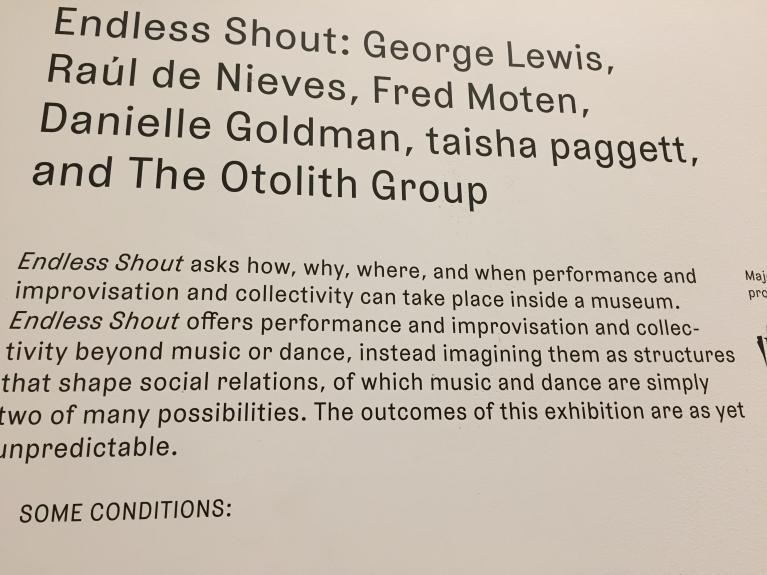"The Freedom Principle"
By Anne DalkeOctober 22, 2016 - 18:28

I went to the Institute of Contemporary Art @ Penn with some friends this afternoon, to see the current exhibition of "The Freedom Principle: Experiments in Art and Music, 1965 to Now," as well as the accompanying multi-artist performance project, "Endless Shout": http://icaphila.org/ I thought that some of the langauge of this vision might speak to/help incite some of the interactivity that we are aiming for in our own exhibit @ BMC:






